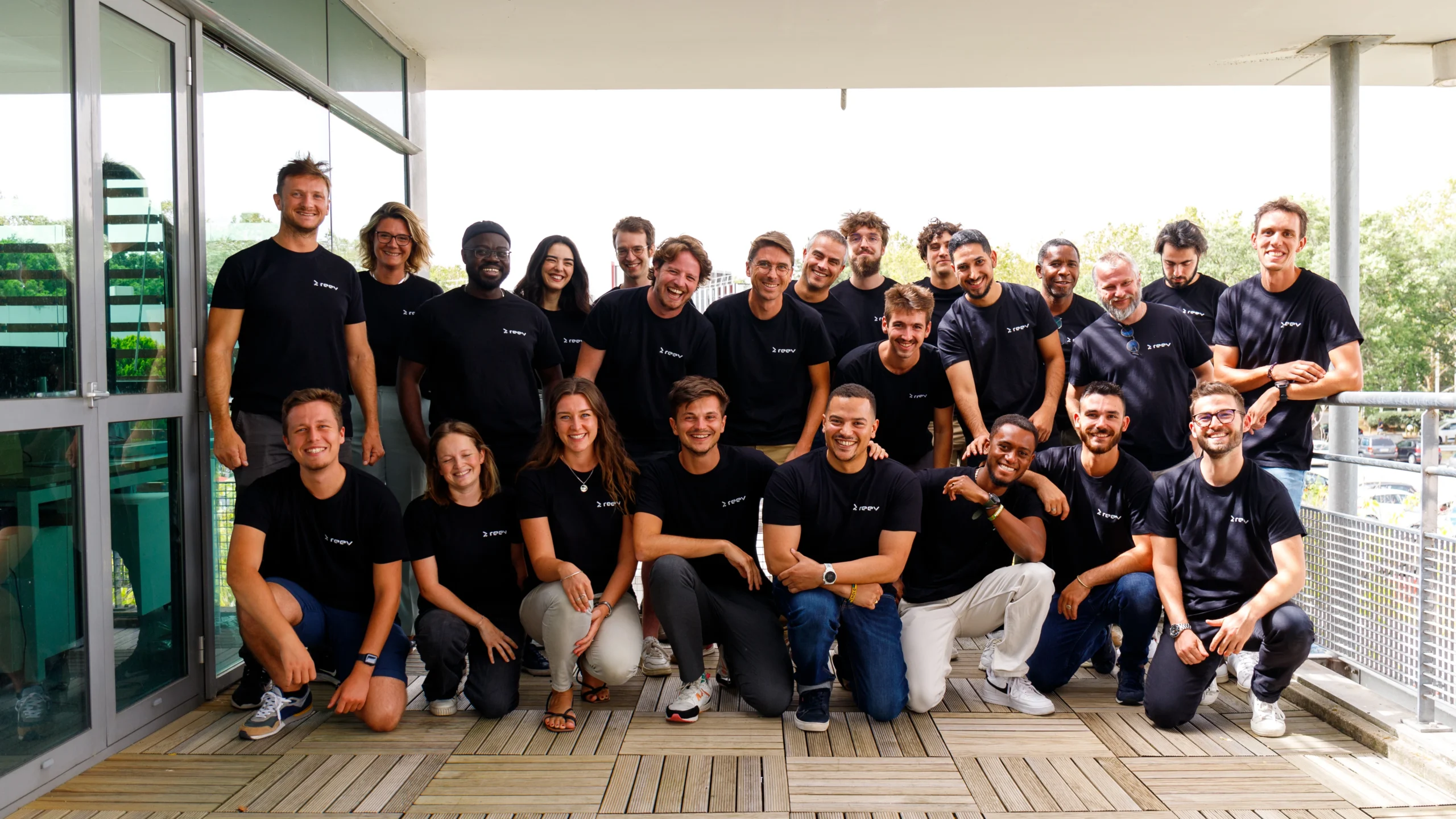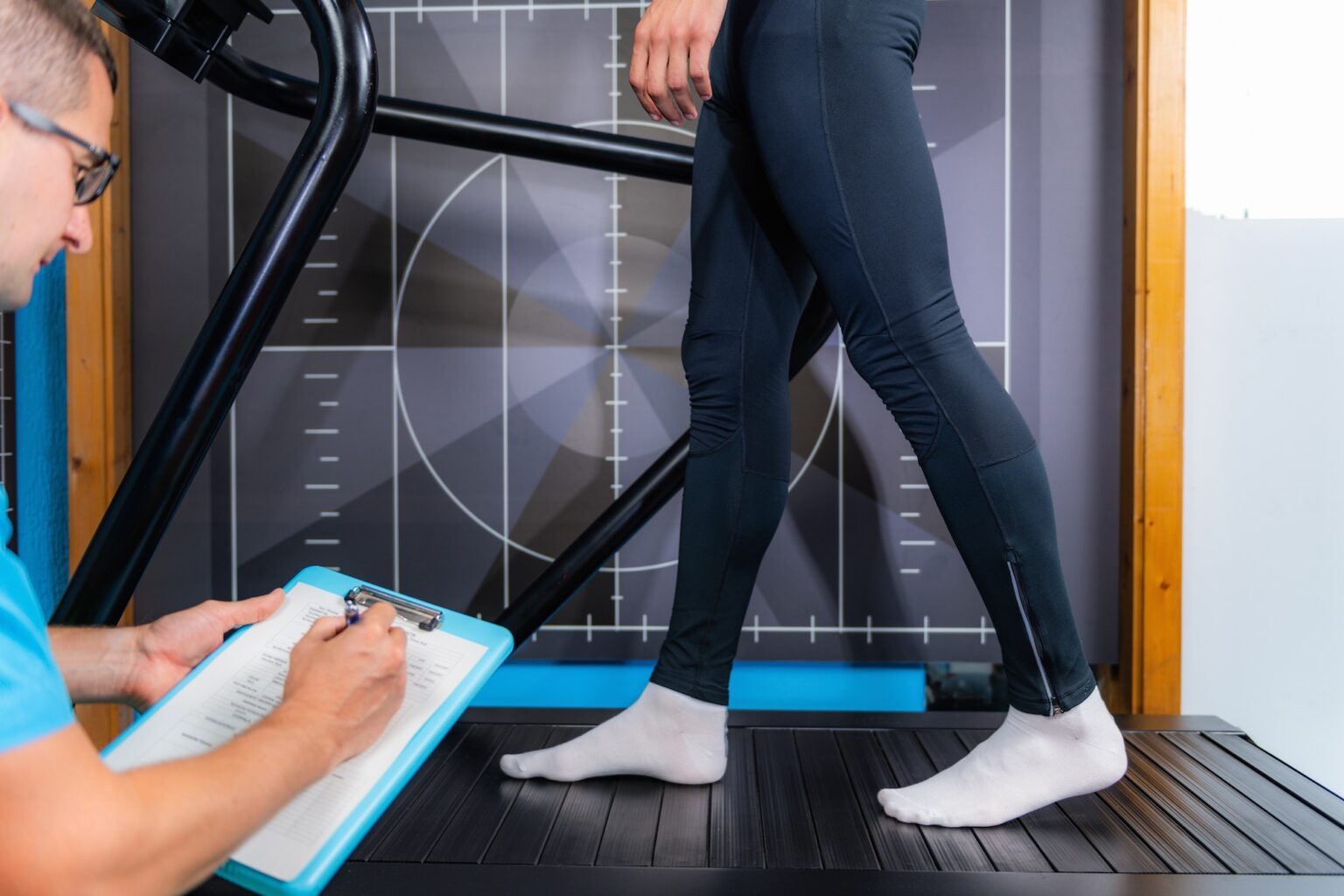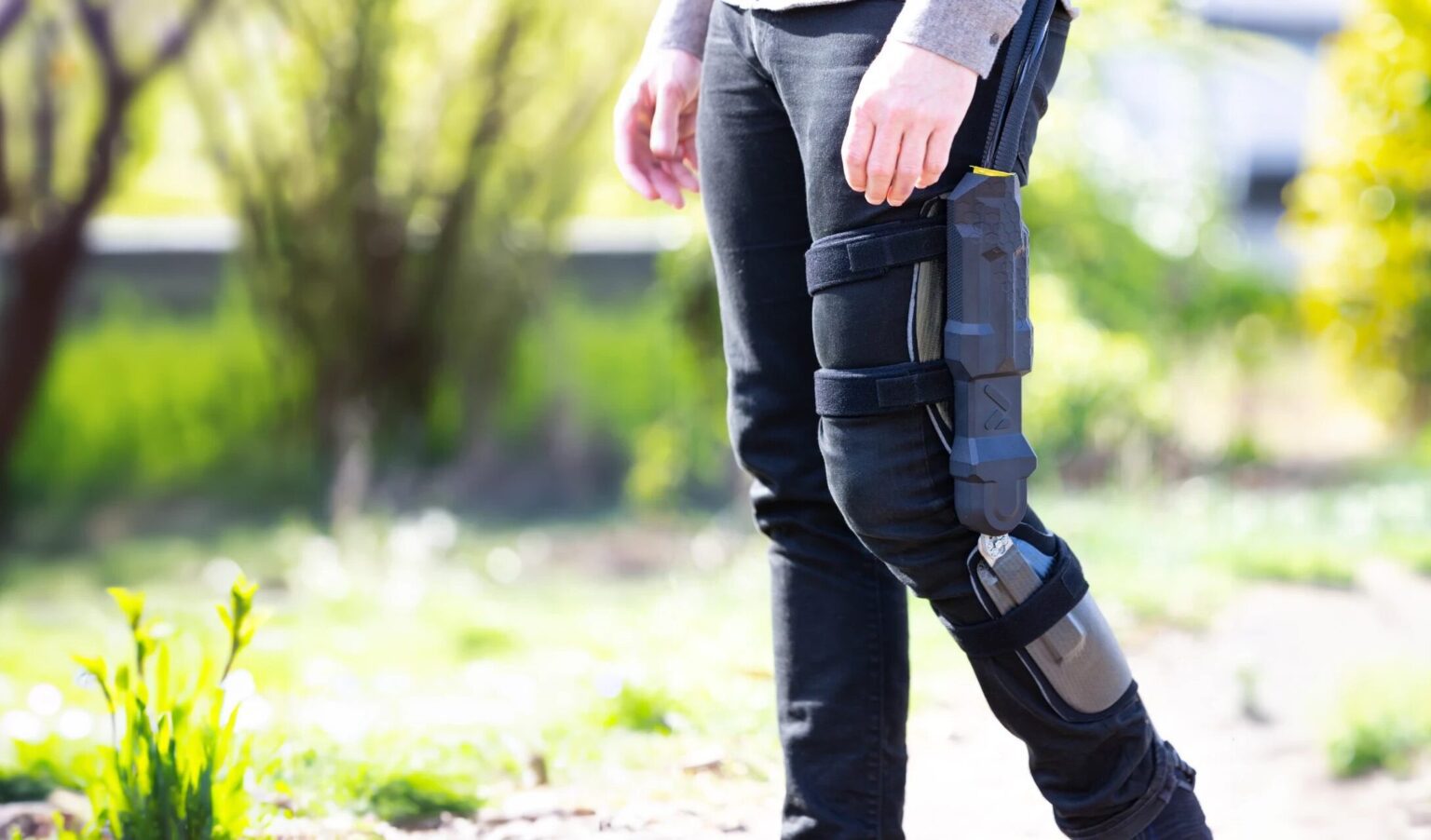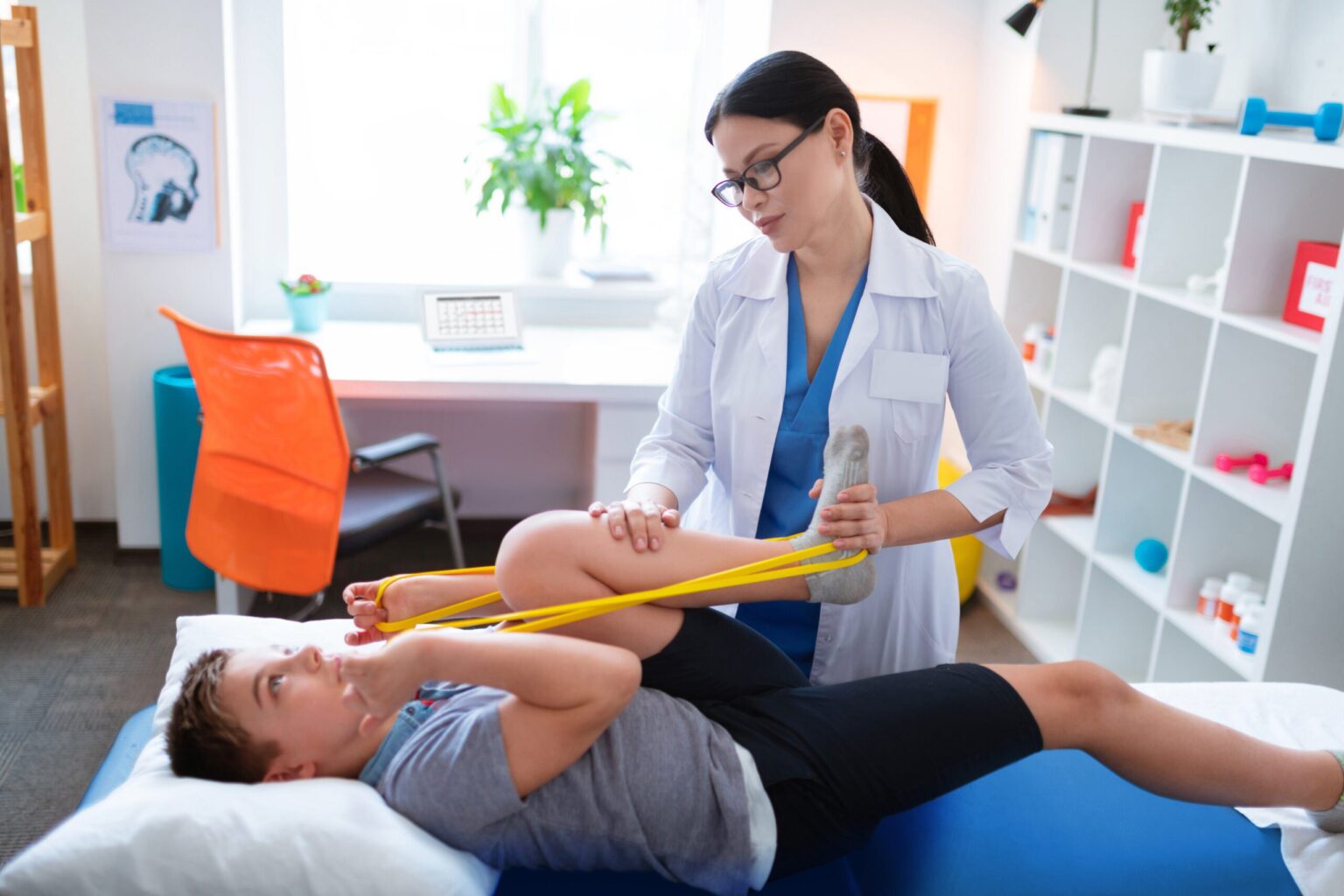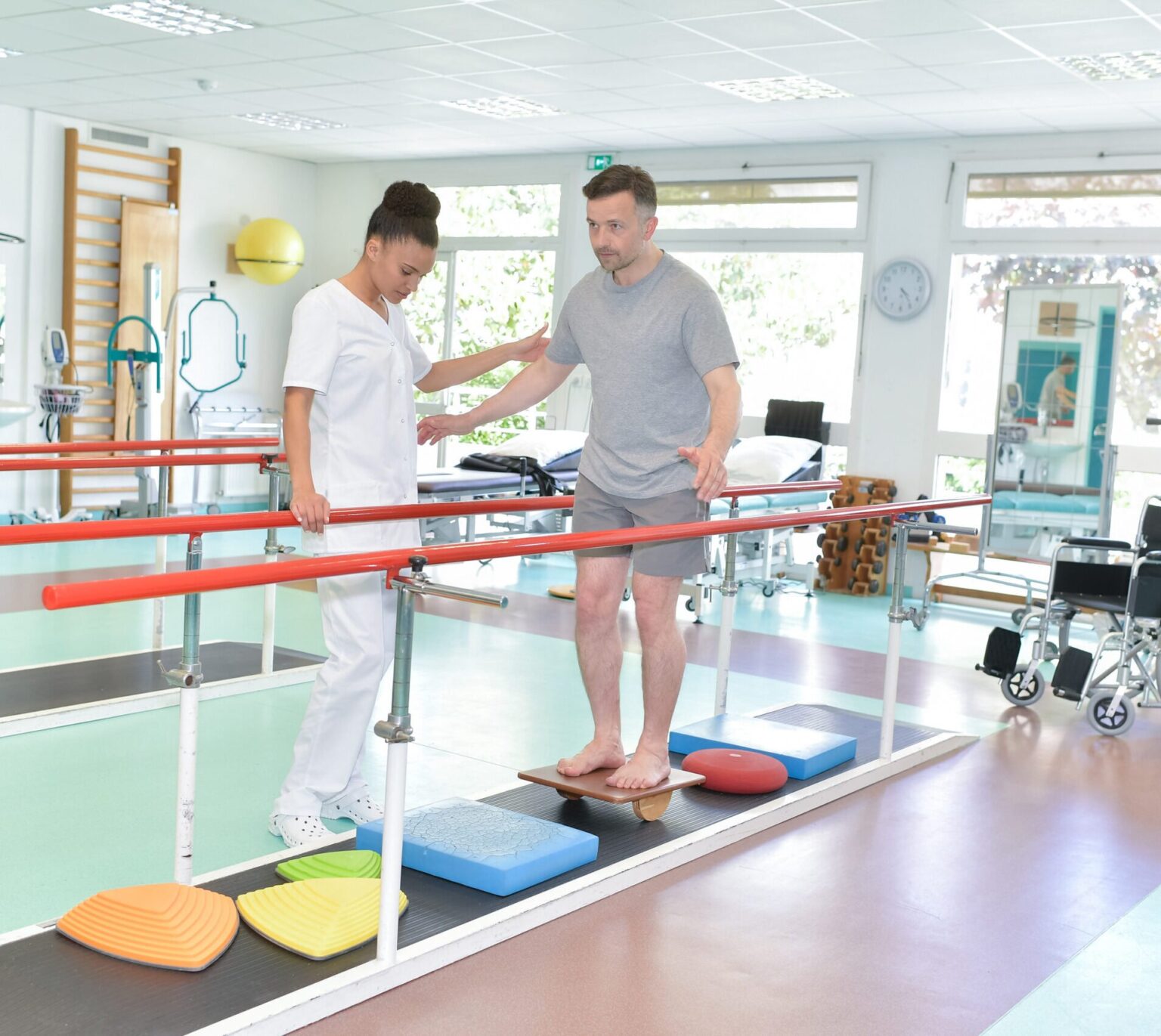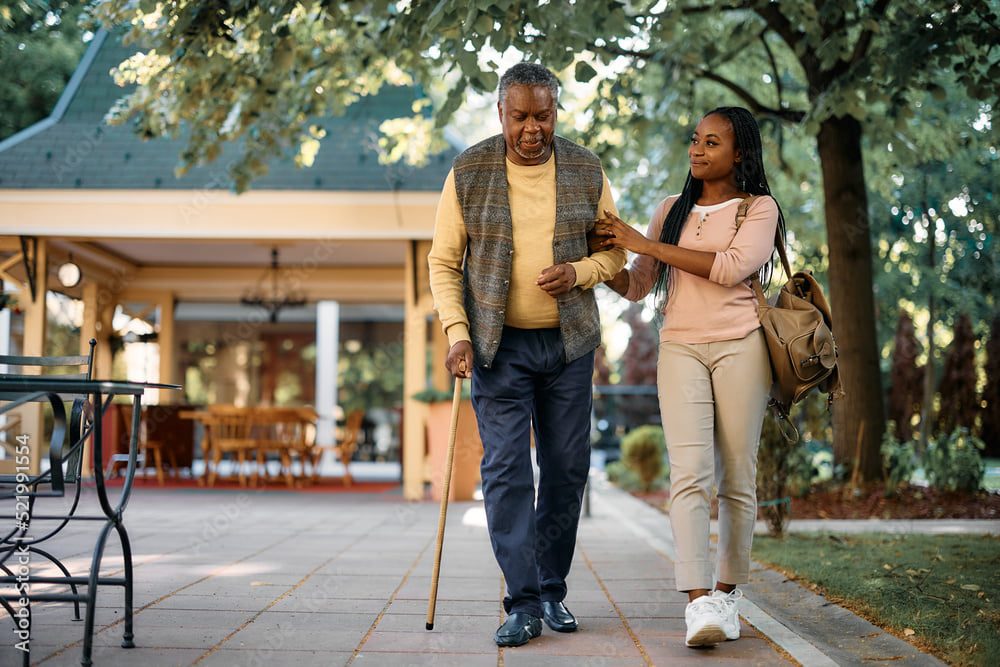The loss of daily mobility in seniors is one of the main factors in the loss of autonomy for seniors. It can be caused by health problems such as arthritis, Parkinson’s disease, or diabetes, or by frequent falls. It can also be the result of age and the loss of physical strength and flexibility.
The loss of mobility can have a significant impact on the quality of life of seniors, limiting their ability to perform daily activities that they enjoy, such as walking, see their family, or shopping. It can also make them more dependent on the help of others, which can have a negative impact on their self-esteem and sense of dignity.
Key figures on the loss of daily mobility in seniors:
- More than half of people over 65 suffer from mobility disorders.
- Falls are the main cause of morbidity and mortality among the elderly.
- At least 30% of persons 65 and older report difficulty walking three city blocks or climbing one flight of stairs, and approximately 20% require the use of a mobility aid to ambulate.
- Seniors who lose their mobility are twice as likely to develop depression as those who retain it.
- Seniors who lose their mobility are also more likely to develop chronic diseases, such as obesity and heart disease.
Ways to prevent and delay the loss of daily mobility in seniors:
There are several ways to prevent or delay the loss of mobility in seniors. Firstly, it is important for them to maintain good physical health by exercising regularly and adopting a healthy diet.
Adapted physical activities such as walking, swimming, yoga or muscle strengthening workshops can help maintain the strength, balance and flexibility of seniors. It is also important to raise awareness of the risks of falls and to encourage them to take measures to avoid them.
It is also crucial to ensure that seniors have access to quality health care and home care services, if necessary. Family doctors can help identify risk factors for mobility loss and implement an appropriate care plan. Physiotherapists and occupational therapists can also help seniors maintain their mobility by teaching them exercise techniques and strategies for daily life.
Technological aids such as canes, walkers, wheelchairs and exoskeletons can also be useful in helping seniors preserve their mobility on a daily basis. It is important to ensure that they have the appropriate equipment and help them use it correctly.
Finally, it is recommended to set up a safe living environment for seniors, by ensuring the safety of their home and providing alarm or tele-assistance devices.
The modern solution to maintain mobility
In order to help people regain mobility on a daily basis, we have developed a motorized medical orthosis that accompanies your daily movements and reduces the effort required to walk, sit down, stand up or climb stairs: DREEVEN.
DREEVEN will also allow you to do resistive rehabilitation exercises at home to progress at your own pace. And thanks to its full-day autonomy and its lightness, it will allow you to move longer and further each day.
Subscribe to our newsletter to follow the development of DREEVEN and contact us on our website if someone close to you might need it!

Conclusion
By taking a proactive approach and considering the individual needs of each older person, it is possible to prevent or delay the loss of daily mobility and preserve their quality of life and well-being.


